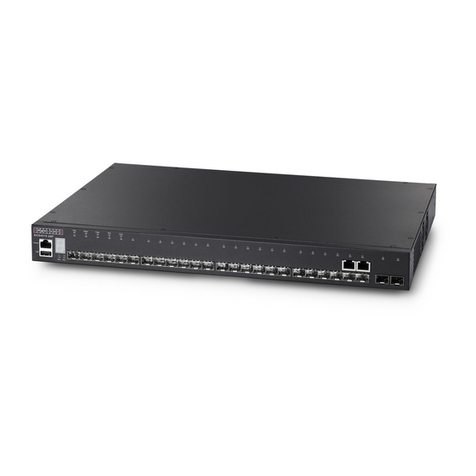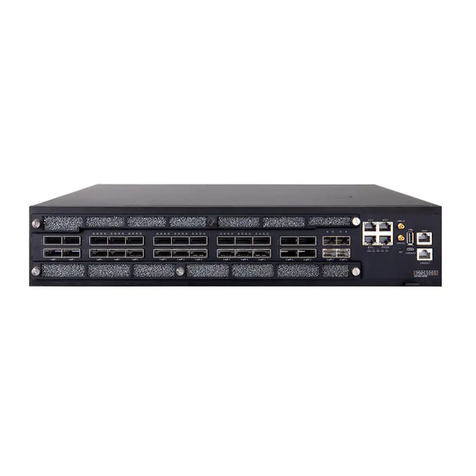Edge-Core AS7316-26XB User manual
Other Edge-Core Network Router manuals
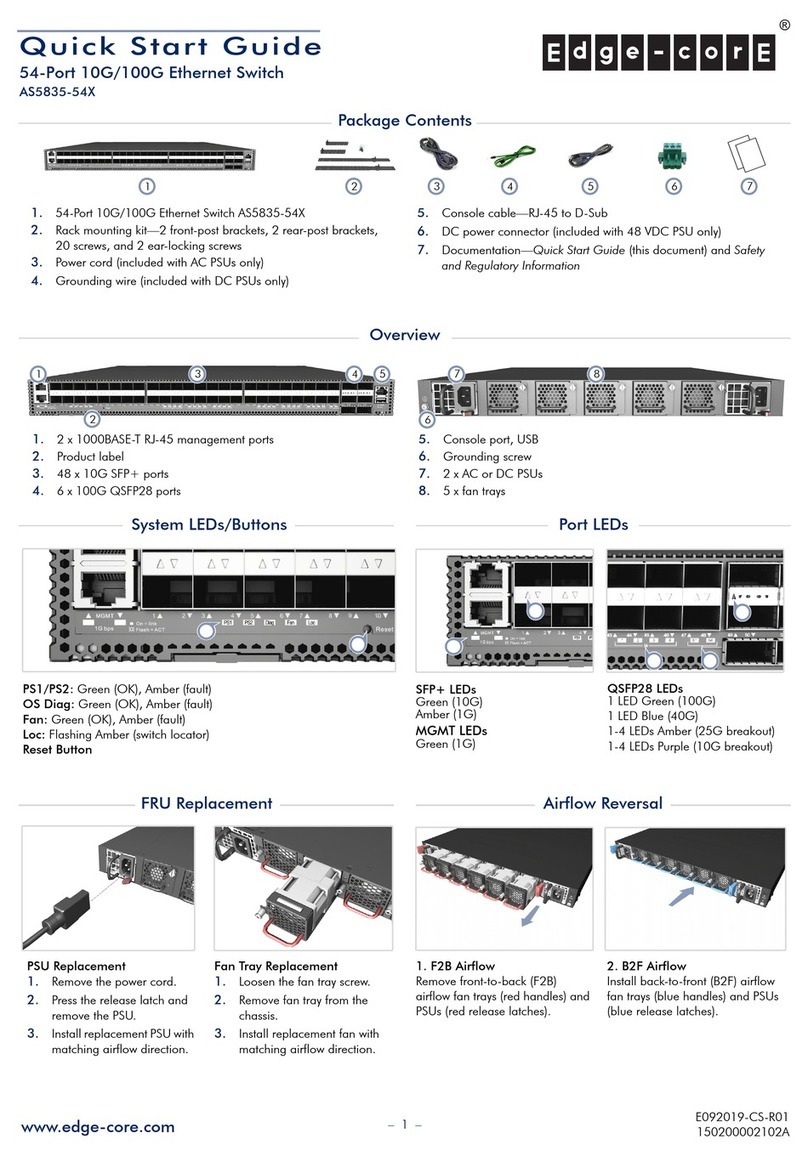
Edge-Core
Edge-Core AS5835-54X User manual
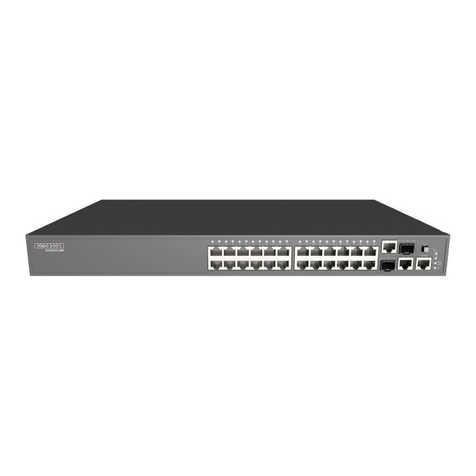
Edge-Core
Edge-Core ECS3510-26P Programming manual
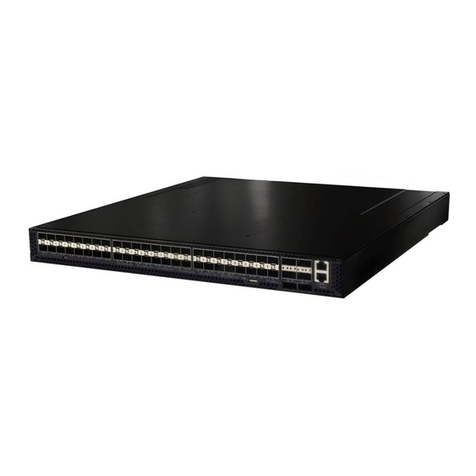
Edge-Core
Edge-Core AS5912-54X User manual
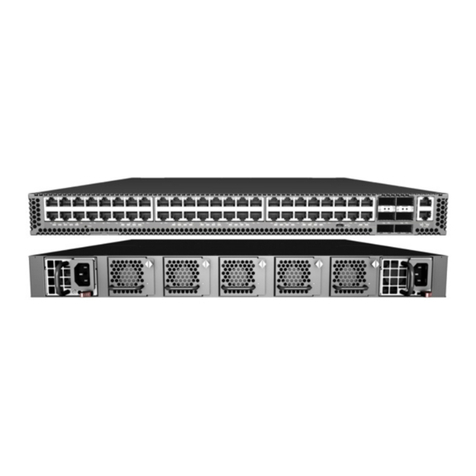
Edge-Core
Edge-Core DCS209 User manual
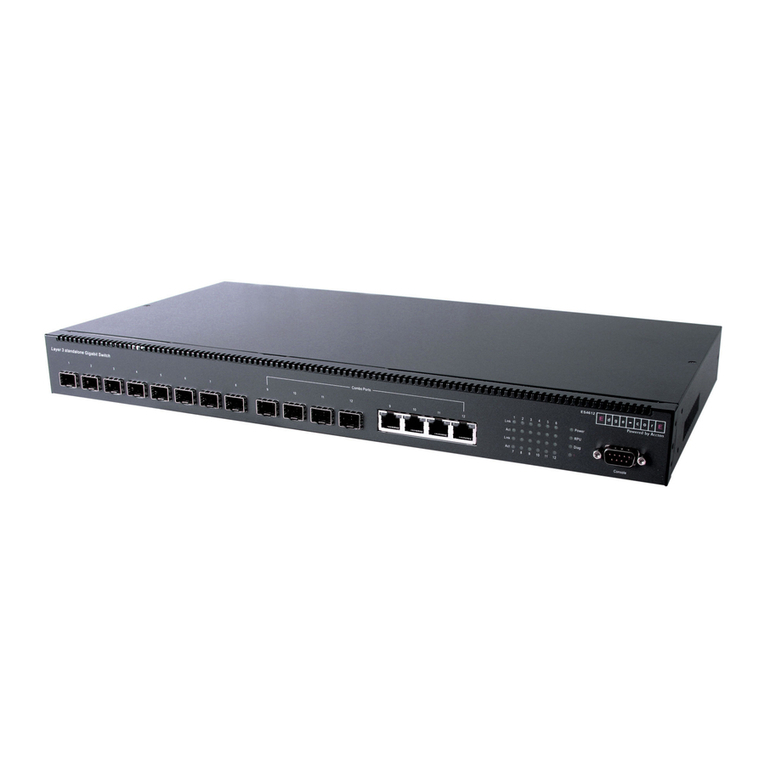
Edge-Core
Edge-Core ES4612 Programming manual
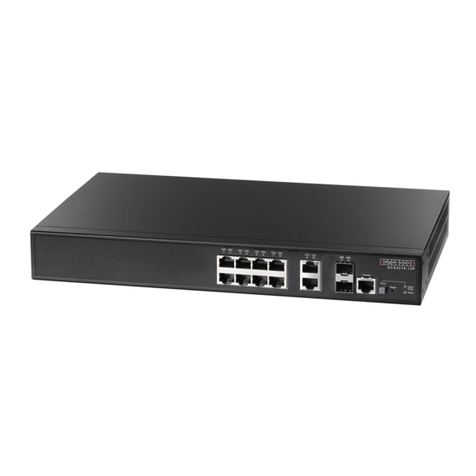
Edge-Core
Edge-Core ECS4210-12P User manual

Edge-Core
Edge-Core ES3528M-PoE User manual
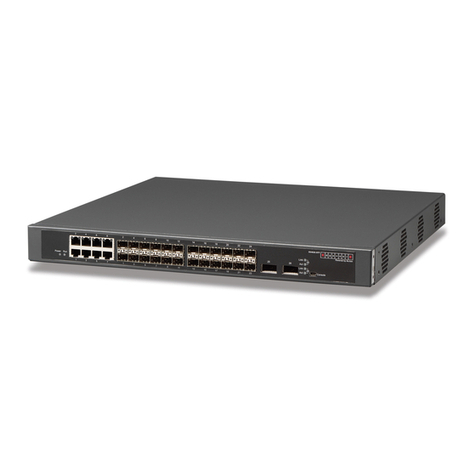
Edge-Core
Edge-Core ES4624-SFP Programming manual
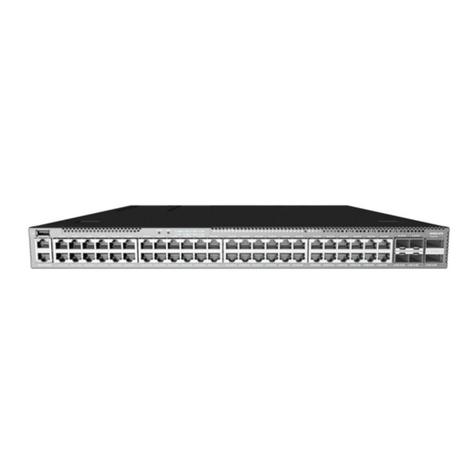
Edge-Core
Edge-Core AS4630-54TE User manual
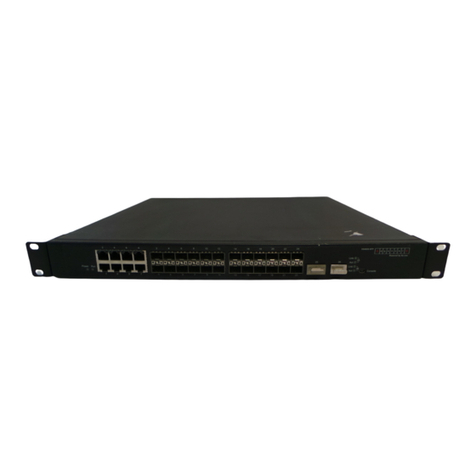
Edge-Core
Edge-Core ES4626 User manual
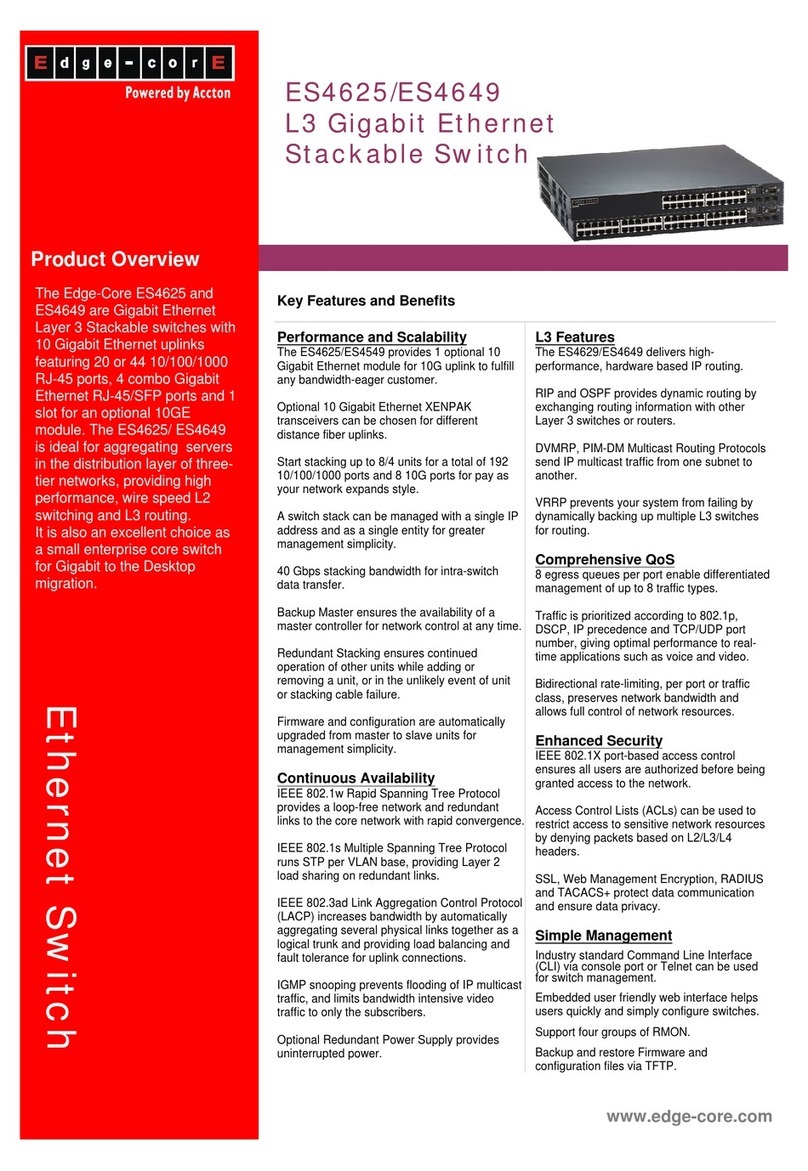
Edge-Core
Edge-Core ES4625 User manual

Edge-Core
Edge-Core ES3510 User manual
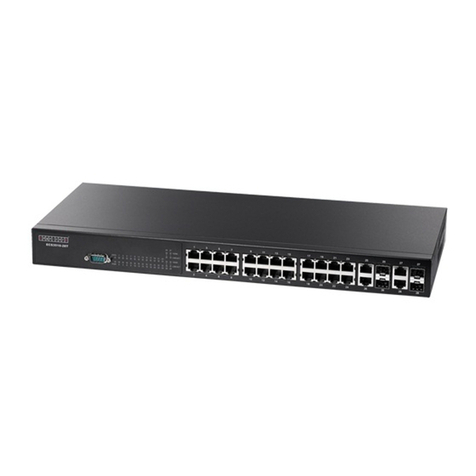
Edge-Core
Edge-Core ECS3510-28T Programming manual
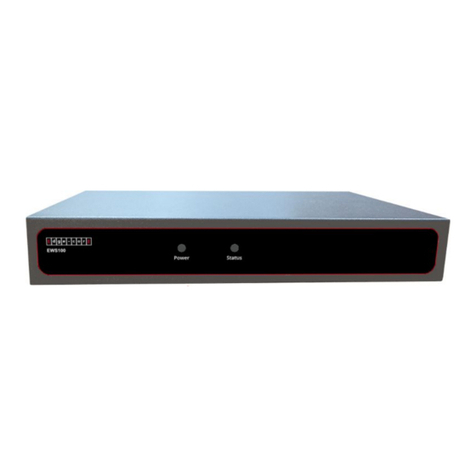
Edge-Core
Edge-Core EWS100 User manual
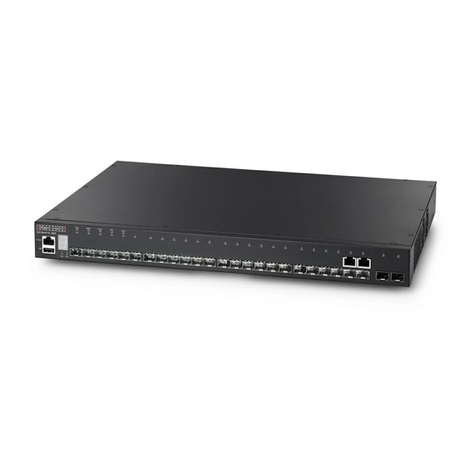
Edge-Core
Edge-Core ECS4510-28F User manual
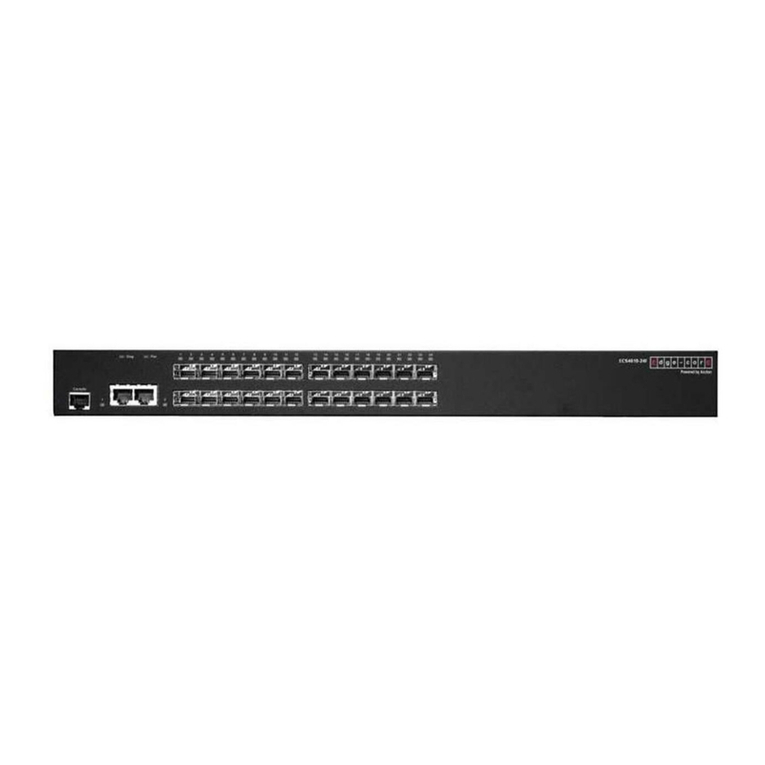
Edge-Core
Edge-Core ECS4610-24F User manual
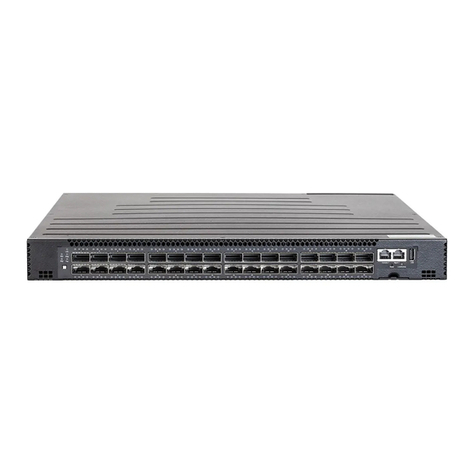
Edge-Core
Edge-Core AS7512-32X User manual
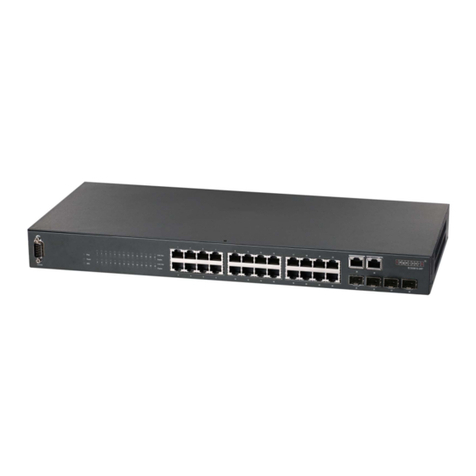
Edge-Core
Edge-Core ECS3610-28T User manual
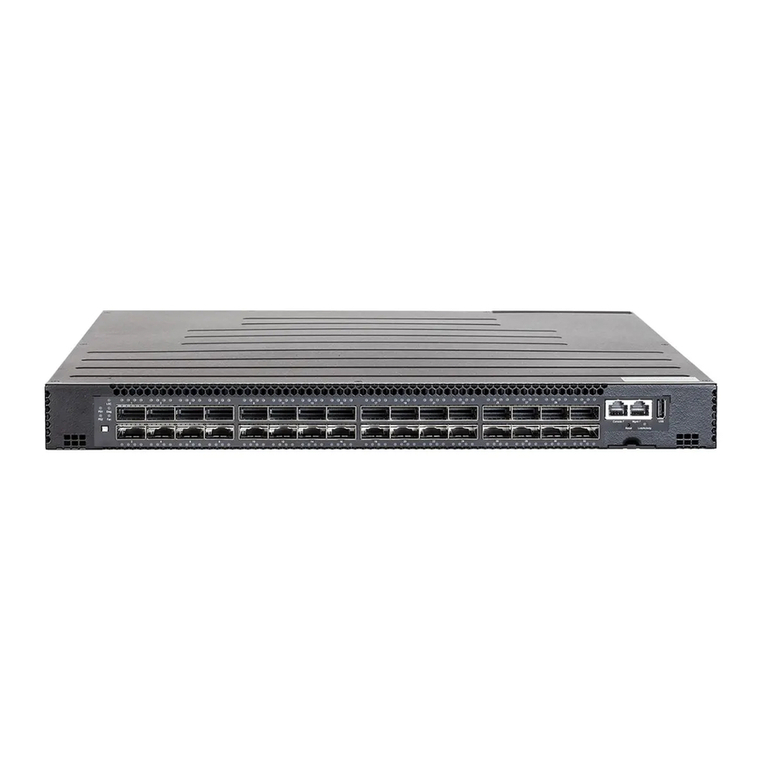
Edge-Core
Edge-Core AS7712-32X User manual
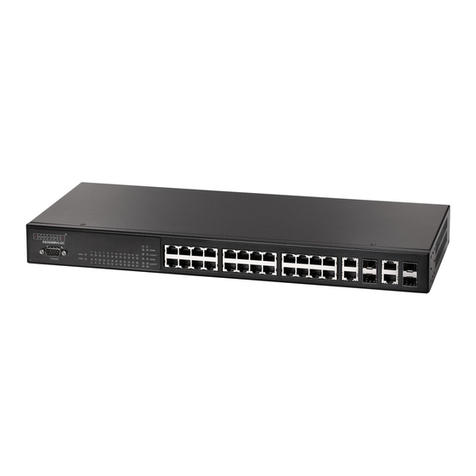
Edge-Core
Edge-Core ES3528MV2 Programming manual
Popular Network Router manuals by other brands

TRENDnet
TRENDnet TEW-435BRM - 54MBPS 802.11G Adsl Firewall M Quick installation guide

Siemens
Siemens SIMOTICS CONNECT 400 manual

Alfa Network
Alfa Network ADS-R02 Specifications

Barracuda Networks
Barracuda Networks Link Balancer quick start guide

ZyXEL Communications
ZyXEL Communications ES-2024PWR Support notes

HPE
HPE FlexNetwork 5510 HI Series Openflow configuration guide
